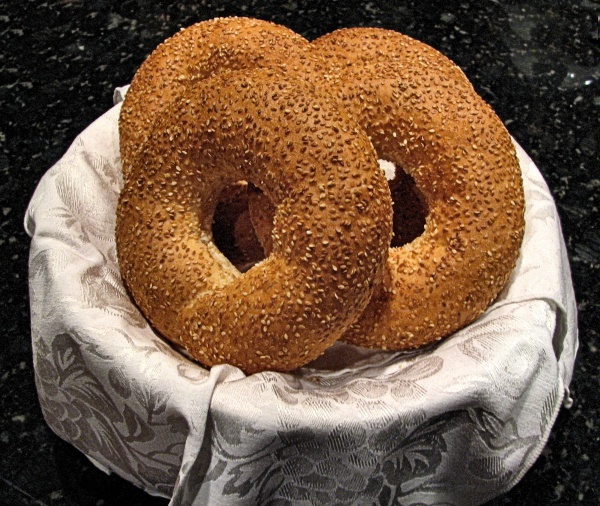Facts About Ka'ak
Ka'ak, or Kahqa, is a popular term in the Arab world and the Near East for a variety of baked goods, ranging from dry, ring-shaped bread to sweet pastries. Its rich history dates back to Roman times when it was known as buccellatum. In Hebrew, it was called qanūḇqa’ot and was even used as baby food. By the 11th century, the scholar and rabbi, Hai Gaon, described Ka'ak as a dessert that could be eaten dry, with or without spices.
Ka'ak comes in numerous delightful variations. In some regions, it appears as a bread ring covered with sesame seeds, while in others, it's a sweet treat topped with milk and sugar. There are also versions made with semolina and filled with dates, walnuts, or pistachios. In Egypt, Ka'ak, known as kahk, is a traditional dessert for Eid al-Fitr and Easter, often filled with various ingredients and decorated with intricate designs.
Arab Christians, particularly Palestinian and Lebanese Christians, make Ka'ak shaped like wreaths to celebrate Easter. Muslims also enjoy Ka'ak during Eid al-Fitr and Eid al-Adha. In Gaza, it's customary to exchange these sweets during the holidays. Ka'ak al-asfar, a yellow roll, is a special bread made by Muslims in the Levant to honor departed souls. In Iraq, Ka'ak takes the form of doughnut-shaped sweets covered in sesame seeds, raisins, or almonds.

 Israel
Israel